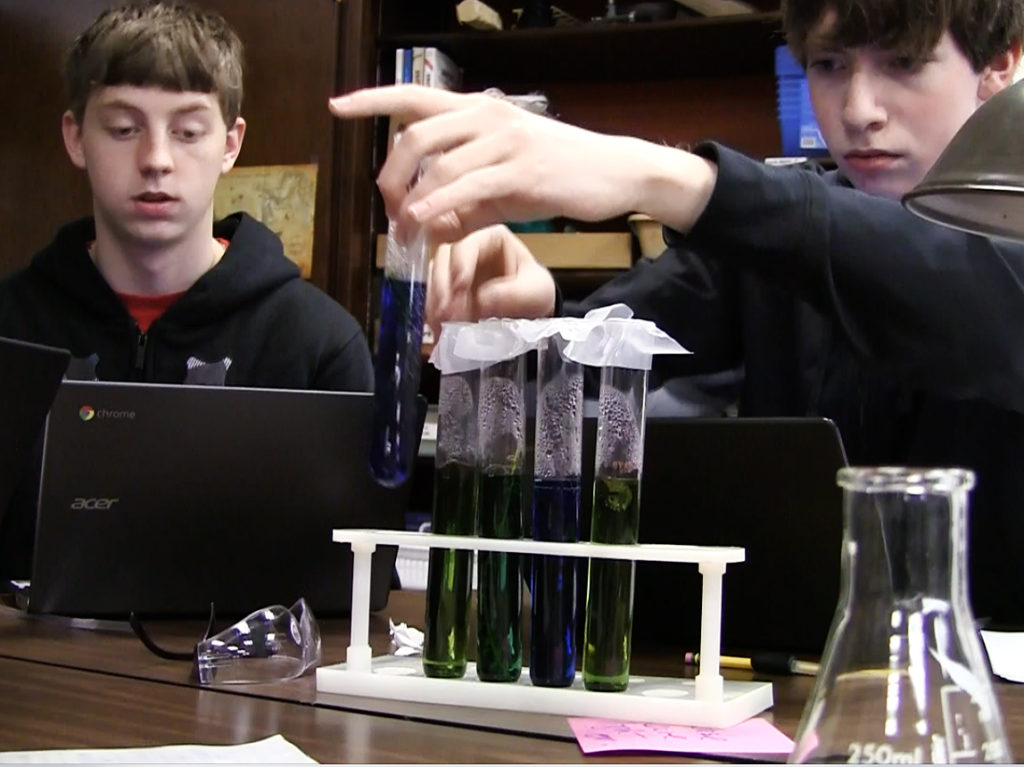 The study recruited high school science students in Western Massachusetts (N=230) whose teachers volunteered to participate, representing diverse school contexts in terms of race/ethnicity, socioeconomic status and urbanicity. Teachers who indicated interest in the project include those from high and middle SES, suburban districts with majority Caucasian students as well as rural, low SES districts. Urban, low SES districts included in the study are majority Hispanic and mixed Hispanic/African American.
The study recruited high school science students in Western Massachusetts (N=230) whose teachers volunteered to participate, representing diverse school contexts in terms of race/ethnicity, socioeconomic status and urbanicity. Teachers who indicated interest in the project include those from high and middle SES, suburban districts with majority Caucasian students as well as rural, low SES districts. Urban, low SES districts included in the study are majority Hispanic and mixed Hispanic/African American.
To determine the number of individual subjects needed to achieve a power of .80 for the models we describe in the data analysis section, we conducted a power analysis with the utility developed by Preacher and Coffman (2006) that uses the R program and is available at www.quantpsy.org. A minimum sample size of 104 is necessary to achieve a power of .80 when the alpha level is .05, for a close-fit test of null hypothesis for the fit index RMSEA (Root Mean Square Error Approximation) equal to .05, and the alternative null hypothesis for RMSEA is .08, and 230 degrees of freedom1 .
In order to achieve a sample size of at least 208 students over the course of the school year (allowing for split-half validation of instruments), we recruited 230 students (or approximately 11-12 classes at 20 students per class).